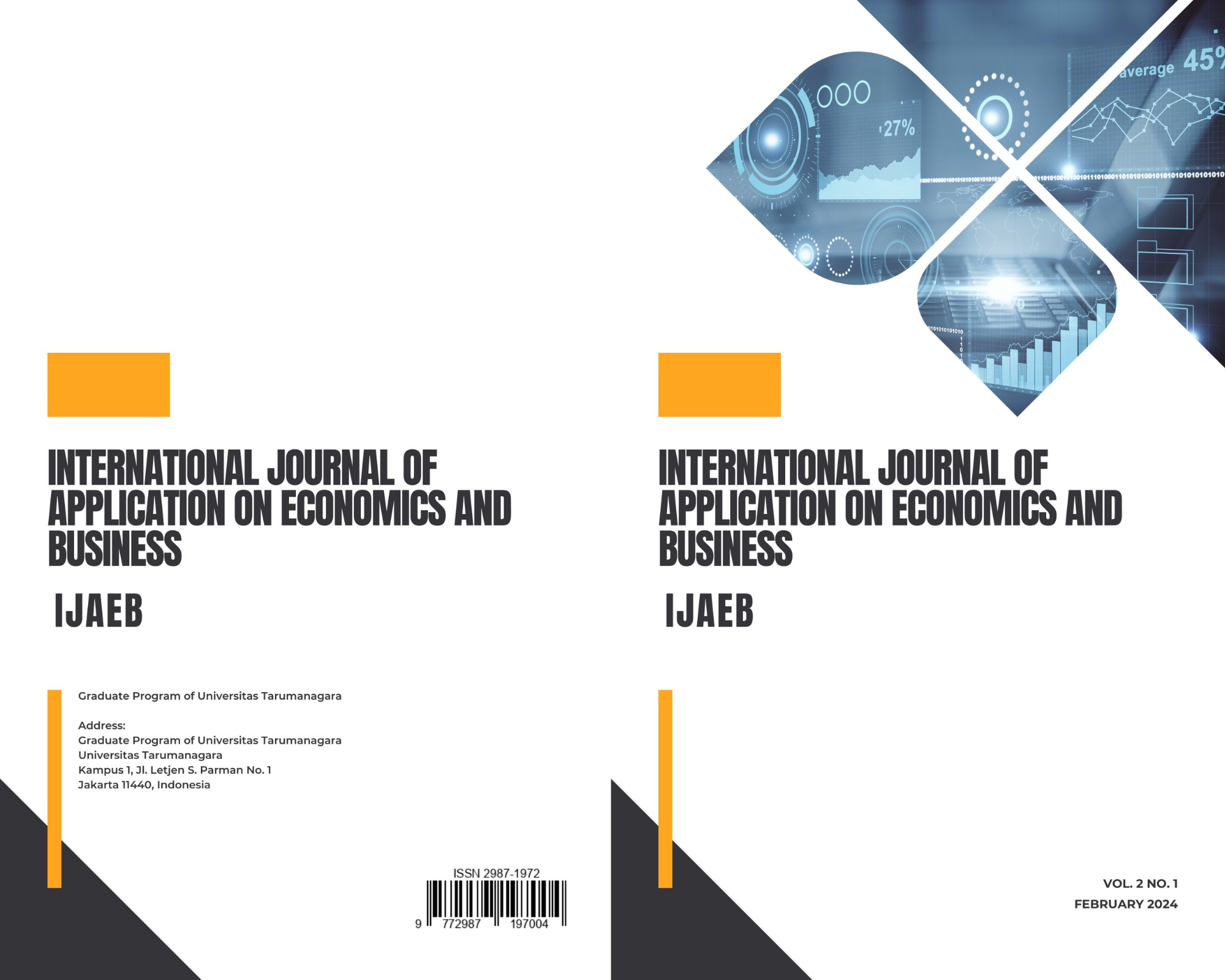THE INFLUENCE OF FINANCIAL LITERACY, PERSONAL SALES, AND CONSUMER TRUST ON PRIVATE HEALTH INSURANCE PRODUCT PURCHASE DECISIONS
Main Article Content
Abstract
The definition of risk in insurance is the uncertainty of future events that can cause financial losses. With health insurance, these risks can be managed so as not to cause financial losses. However, in general, Indonesian people have not placed health insurance as a priority to fulfill the need for security. The purpose of this study is to verify the relationship between Financial Literacy, Personal Selling and Consumer Trust on Purchasing Decisions with two theoretical approaches Theory of Planned Behavior and Social Exchange Theory. The data source used is primary data, which is obtained directly from respondents using an online questionnaire in the form of Google Form. The data collected was 521 data. The results of the study prove that Financial Literacy, Personal Selling, and Consumer Trust have a positive effect on Purchasing Decisions. The originality of this research is that it is the first attempt to evaluate private health insurance customers in Indonesia using the Theory of Planned Behavior and Social Exchange Theory approaches in parallel.
Article Details

This work is licensed under a Creative Commons Attribution-NonCommercial-ShareAlike 4.0 International License.
This journal provides immediate open access to its content on the principle that making research freely available to the public supports a greater global exchange of knowledge.
IJAEB by Graduate Program of Universitas Tarumanagara is licensed under a Creative Commons Attribution-NonCommercial-ShareAlike 4.0 International License.. Permissions beyond the scope of this license may be available at https://journal.untar.ac.id/index.php/ijaeb
References
Ajzen, I. (1991). The theory of planned behavior. Organizational Behavior and Human Decision Processes, 50(2), 179–211. https://doi.org/https://doi.org/10.1016/0749-5978(91)90020-T
Blau, P. M. (1964). Exchange and Power in Social Life. J. Wiley. https://books.google.co.id/books?id=g_m2AAAAIAAJ
Chen, H., & Volpe, R. P. (1998). An analysis of personal financial literacy among college students. Financial Services Review, 7(2), 107–128. https://doi.org/https://doi.org/10.1016/S1057-0810(99)80006-7
Chen, Y.-H., Wu, J.-J., & Chien, S.-H. (2016). Impact of initial trust, involvement, and mood on trusting belief. Journal of Service Theory and Practice, 26, 91–108. https://doi.org/10.1108/JSTP-11-2014-0252
Dewi, C. (2023). The Effect of Insurance Literation, Perceived Product Benefits, Trust in Insurance & Perceived Product Risk on Decision to Purchase Personal Insurance. Jurnal Multidisiplin Madani, 3, 1215–1224. https://doi.org/10.55927/mudima.v3i6.3012
Gurviez, P. (2003). Proposal for a Multidimensional Brand Trust Scale. http://www.watoowatoo.net/mkgr/
Hair, J., Sarstedt, M., Hopkins, L., & Kuppelwieser, V. (2014). Partial Least Squares Structural Equation Modeling (PLS-SEM): An Emerging Tool for Business Research. European Business Review, 26, 106–121. https://doi.org/10.1108/EBR-10-2013-0128
Hansen, T. (2012). The Moderating Influence of Broad-Scope Trust on Customer–Seller Relationships. Psychology & Marketing, 29. https://doi.org/10.1002/mar.20526
Hardiyanti, G., Anggriani, I., & Indriasari, N. (2020). Hubungan Personal Selling dan Pelayanan dengan Loyalitas Pelanggan Pada UD. Suksesindo Bengkulu.
Hunt, K., Brimble, M., & Freudenberg, B. (2011). Determinants of Client-Professional Relationship Quality in the Financial Planning Setting. Australasian Accounting Business and Finance Journal, 5, 69–100. https://doi.org/10.2139/ssrn.1867907
Kotler, P., & Armstrong, G. (2014). Principles of Marketing. Pearson. https://books.google.co.id/books?id=EKAnlwEACAAJ
Lawler, E. J., & Thye, S. R. (1999). BRINGING EMOTIONS INTO SOCIAL EXCHANGE THEORY. Annual Review of Sociology, 25(1), 217–244. https://doi.org/10.1146/annurev.soc.25.1.217
Mamun, A. Al, Rahman, M. K., Munikrishnan, U. T., & Permarupan, P. Y. (2021). Predicting the Intention and Purchase of Health Insurance Among Malaysian Working Adults. SAGE Open, 11(4), 21582440211061372. https://doi.org/10.1177/21582440211061373
Maria, I., Eva-Cristina, P., Ioncica, D., & Constantinescu, M. (2012). The Role of Education on Consumer Behavior on the Insurance Market. Procedia - Social and Behavioral Sciences, 46, 4154–4158. https://doi.org/10.1016/j.sbspro.2012.06.217
Mayer, R. C., Davis, J. H., & Schoorman, F. D. (1995). An Integrative Model of Organizational Trust. The Academy of Management Review, 20(3), 709–734. https://doi.org/10.2307/258792
Morgan, R., & Hunt, S. (1994). The Commitment-Trust Theory of Relationship Marketing. The Journal of Marketing, 58, 20–38. https://doi.org/10.2307/1252308
Muthu, M. V., Nagendran, N., Geeta, S. D., & Subramanian, S. M. (2018). A Study on Health Insurance Premium, Claims, Commission and its Growth of Select Companies in India. 7, 109–121.
Sarwar, A., & Qureshi, H. (2013). Awareness and Willingness to buy Private Health Insurance and a look into its Future Prospects in Pakistan. European Journal of Business and Social Sciences, 2, 69–81.
Widdowson, D., & Hailwood, K. (2007). Financial literacy and its role in promoting a sound financial system. Reserve Bank of New Zealand Bulletin, 70.
Yen, C.-H., Liu, L.-L., Tsai, F. C., & Lai, C.-M. (2012). Life Insurance Service Providers’ Attributes and Relationship Quality. Services Marketing Quarterly, 33(1), 16–33. https://doi.org/10.1080/15332969.2012.633418



